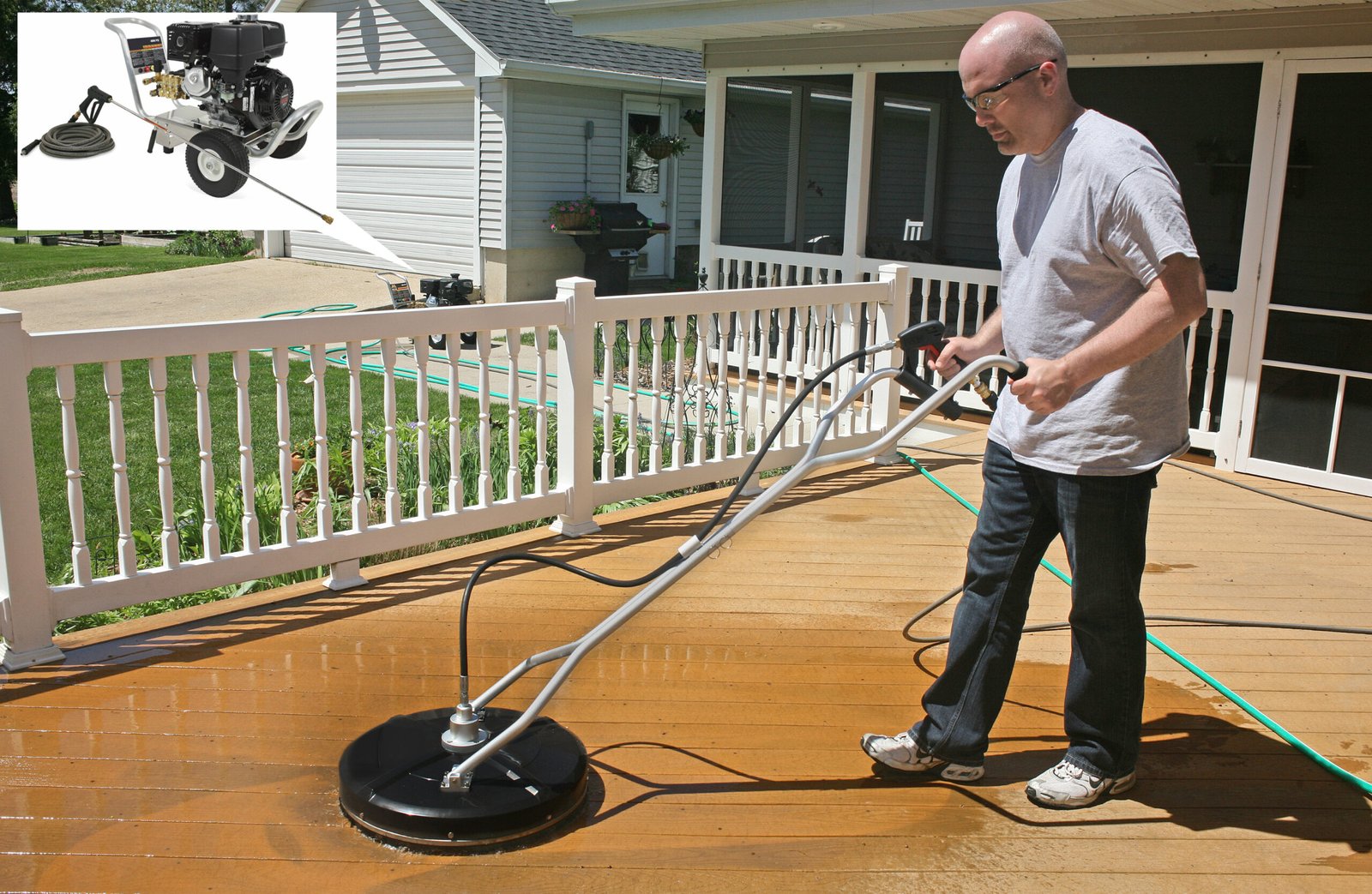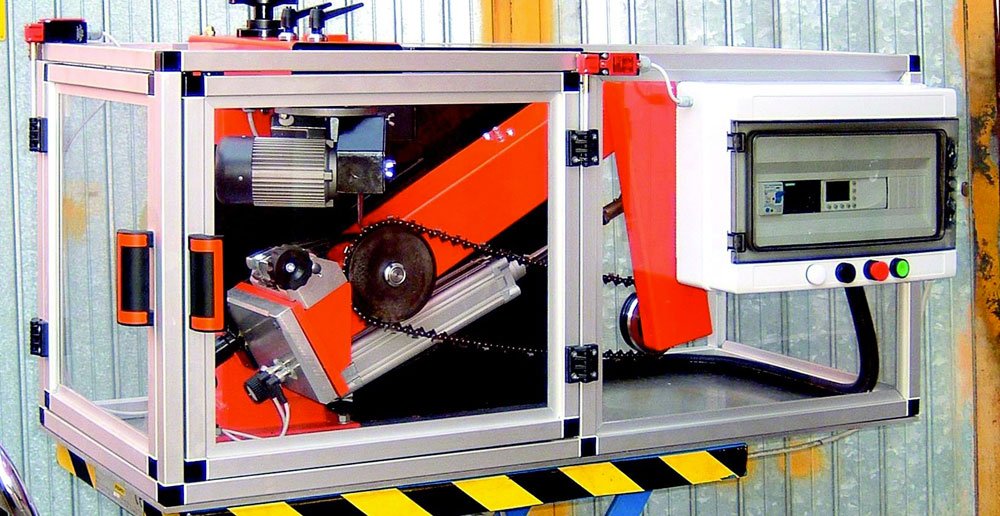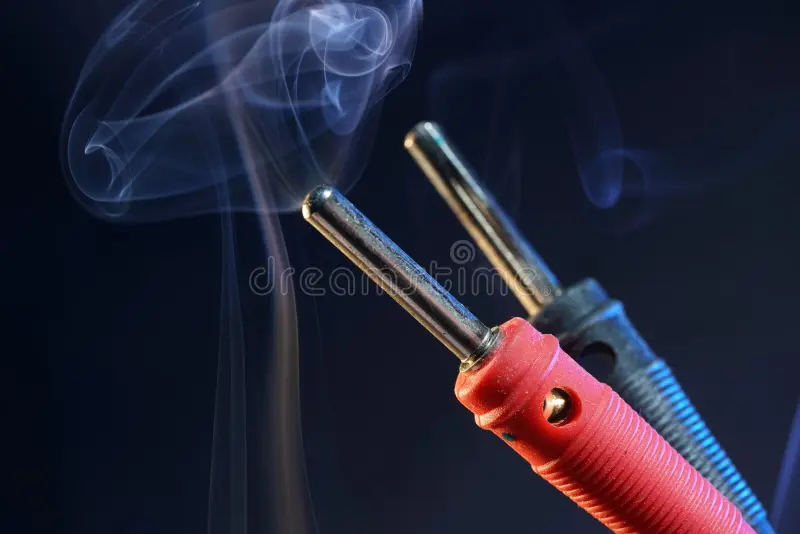When it comes to home renovation or flooring updates, one of the most challenging tasks is removing old carpet. It can be time-consuming, messy, and physically demanding, especially if you don’t have the right tools. A carpet scraper is an essential tool that can save you time and effort during this process. By using a carpet scraper, you can efficiently remove old carpet, protect your subfloor, and complete the task with minimal physical strain.
In this article, we’ll explore what a carpet scraper is, why it’s crucial for carpet removal, how to choose the right one, and tips for its proper use.
What is a Carpet Scraper?
A carpet scraper is a specialized tool designed to help remove carpets, particularly the carpet adhesive or backing that sticks to the floor beneath it. This tool typically has a sharp blade and an ergonomic handle to allow users to peel the carpet away from the floor with minimal effort.
Carpet scraper come in two main types:
Manual Carpet Scrapers: These are handheld tools with a flat blade that you manually push or pull across the floor to remove carpet.
Electric Carpet Scrapers: These tools are powered by electricity and can provide more speed and force, making them ideal for larger spaces or tougher carpets.
Why You Need a Carpet Scraper for Carpet Removal
If you’ve ever tried removing carpet with your hands, you’ll know it’s a labor-intensive task that can cause strain on your body. A carpet scraper offers several benefits:
Efficiency: The sharp blades and ergonomic design make carpet removal faster and easier compared to using a knife or your hands.
Floor Protection: Using a carpet scraper minimizes the risk of damaging your subfloor, which could be costly to repair.
Less Physical Strain: Unlike other methods that require bending down or excessive force, a scraper allows for more natural body movement, reducing fatigue and muscle strain.
How to Choose the Right Carpet Scraper
Selecting the right carpet scraper depends on several factors:
Blade Material: Look for scrapers with durable, rust-resistant steel or carbon-coated blades. These materials can handle the wear and tear of scraping tough carpets and adhesives.
Handle Type: Ergonomic handles are a must to ensure comfort during use, especially for larger projects. Somemodels also come with extendable handles, allowing users to stand while working, which further reduces back strain.
Adjustable Features: Some carpet scrapers come with adjustable blade angles or heights. This feature is useful when working with different carpet types and floor conditions.
Size and Weight: Depending on the size of the area you’re working with, you may need a lighter, more portable scraper for small rooms or a larger, heavier model for expansive areas.
Step-by-Step Guide to Using a Carpet Scraper
Using a carpet scraper is relatively simple if you follow these steps:
Preparation: Clear the room of furniture and ensure the floor is free of debris. Wear protective gloves and goggles to avoid injury.
Proper Technique: Start at one corner of the room, inserting the blade of the scraper under the edge of the carpet. Use a rocking motion to work the scraper underneath and pull up the carpet.
Dealing with Different Carpet Types: Thicker carpets or those with multiple layers may require extra force or different scraping techniques. For stubborn carpets, use a gentle rocking motion to avoid damaging the floor.
Adhesive Removal: Once the carpet is removed, some adhesive may still be left on the floor. A carpet scraper can help lift this residue, but for stubborn adhesives, you might need a solvent or a stronger scraper.
Common Carpet Scraper Problems and Solutions
Like any tool, a carpet scraper may face a few challenges:
Blunt Blades: Over time, blades can dull. It’s essential to replace or sharpen the blade regularly to maintain efficiency. Many scrapers allow you to replace the blade without purchasing a whole new tool.
Reaching Edges or Corners: The long handle of a scraper may make it hard to reach tight spaces like corners. Use a smaller, handheld scraper for these areas.
Breakage or Wear: Constant use may wear down the scraper. Ensure you store it properly, away from moisture, and check for any signs of damage before use.
Top 5 Carpet Scrapers to Consider
Here’s a list of highly-rated carpet scrapers that could make your next renovation project easier:
Klein Tools 44200 Carpet Scraper – A durable, ergonomic manual scraper with a replaceable blade.
Warner 252T 4″ Scraper – A small, handheld scraper ideal for tight spots.SharpShooter Pro Carpet Removal Tool – A powerful, electric scraper perfect for large projects.
Apex Tool Group Carpet Scraper – Features an extended handle for added convenience.
Sears 12” Heavy-Duty Carpet Scraper – A robust tool that can handle heavy-duty carpet removal tasks.
Carpet Scraper Maintenance and Care
To ensure your carpet scraper lasts and performs optimally, follow these maintenance tips:
Cleaning: After each use, clean the scraper blade to remove any carpet remnants or adhesive. Wipe the handle with a damp cloth to keep it in good condition.
Storage: Store your scraper in a dry, cool place. Hanging it on a wall or in a tool chest prevents damage to the blade.
Sharpening the Blade: If the blade starts to lose its sharpness, consider sharpening it with a metal file or replacing it.
Conclusion
A carpet scraper is an indispensable tool for anyone looking to remove old carpet efficiently. Whether you’re a DIY enthusiast or a professional renovator, investing in a high-quality carpet scraper can save you time, effort, and protect your subfloor. With proper maintenance, a good scraper can be used for many projects to come, ensuring you get the job done with ease and precision.This article is designed to be informative, easy to follow, and optimized for search engines by addressing common queries and providing practical tips.




